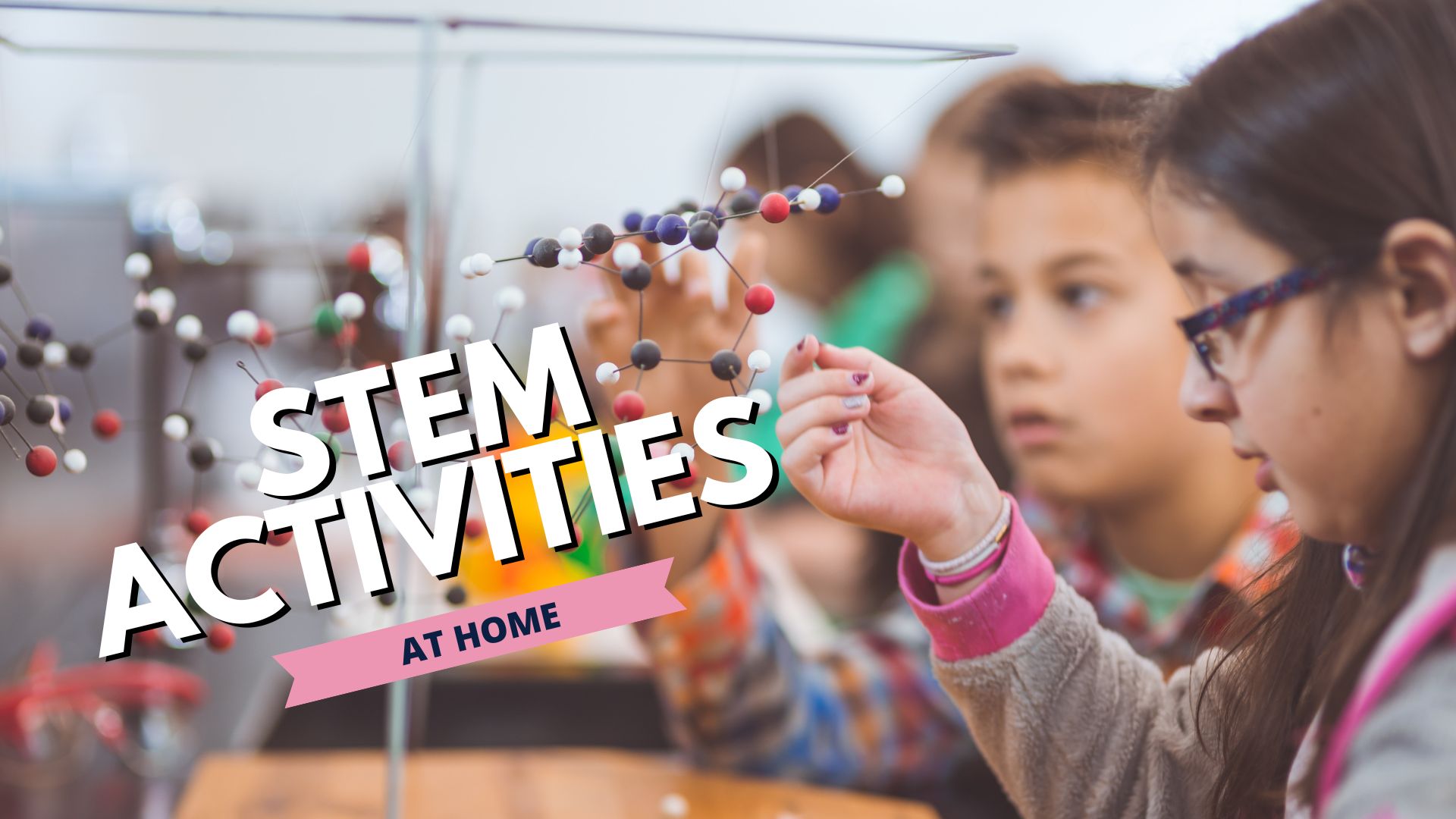Latest From Upschool
- How to Stop Kids’ Meltdowns and Gain Their Cooperation
- Making Big Decisions When You and Your Co-Parent Disagree
- Building Your Child’s Self Esteem
- Separation Anxiety & Starting School
- Why Parents Should Listen to Kids
- How To Raise Emotionally Intelligent Children
- How to Combat End of Year Fatigue
- Navigating Technology and Kids: A Guide for Parents
-
-
No videos yet!
Click on "Watch later" to put videos here
- View all videos
-
-
-
Don't miss new videos
Sign in to see updates from your favourite channels
-

Engaging in STEM (Science, Technology, Engineering, and Mathematics) activities at home can be both educational and fun for children. Here are some ideas for different age groups.
For younger children, creating a rainbow in a jar can be a fascinating way to explore density and solutions. By mixing water with different amounts of sugar and food coloring in separate cups, then carefully layering the colored water in a clear jar, children can create a stunning rainbow effect. Another fun activity is making homemade playdough. Using simple ingredients like flour, salt, water, cream of tartar, vegetable oil, and food coloring, children can explore different textures and colors while learning about mixtures and physical changes. A magnetic sensory bottle is another exciting project. By filling a clear plastic bottle with water, glitter, and magnetic items like paperclips, and using a strong magnet to move the items around, children can delve into the world of magnetism through sensory play.
For middle-aged children, making homemade ice cream in a bag can be both educational and delicious. By mixing milk, sugar, and vanilla in a small bag, then placing it in a larger bag filled with ice and salt, and shaking it until it turns into ice cream, children can learn about freezing point depression. A balloon rocket is another engaging activity. Threading a string through a straw, taping it to a balloon, and attaching the string between two points allows children to observe how the balloon travels when released, teaching them about propulsion and forces. An egg drop challenge can also be very rewarding. Children can design and test contraptions to protect a raw egg from breaking when dropped from a height, refining their designs to understand impact forces and engineering principles.
Teenagers can enjoy building a simple electric circuit. By using a battery, wires, a light bulb or LED, and a switch, they can construct a basic circuit to light up the bulb or LED, exploring electrical principles and circuitry. Creating a solar oven is another excellent project. Using a pizza box, aluminum foil, plastic wrap, black construction paper, and tape, they can design a solar oven to cook s'mores or melt chocolate, learning about solar energy and heat transfer. Programming a simple game can be highly engaging for teens. Using Scratch or Python, they can create a game like a maze or pong, which helps them develop coding concepts and problem-solving skills. A water filtration experiment is also very informative. By layering gravel, sand, activated charcoal, and a coffee filter in a cut plastic bottle, and pouring dirty water through it, teens can observe how clean the water becomes, learning about water purification and filtration processes.
These activities offer a variety of challenges and learning experiences, making STEM both accessible and enjoyable for children of all ages.




